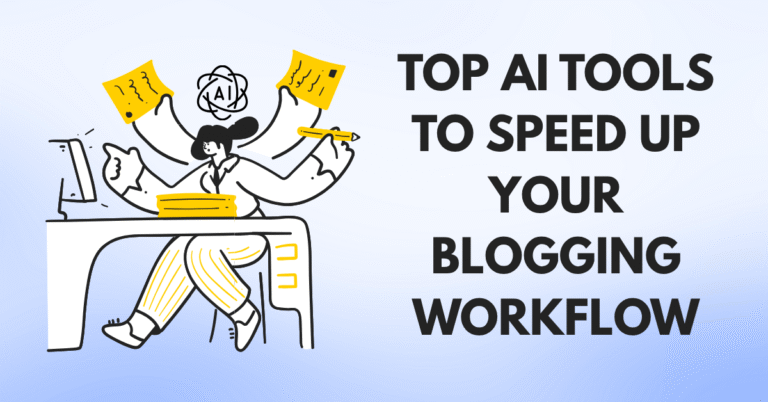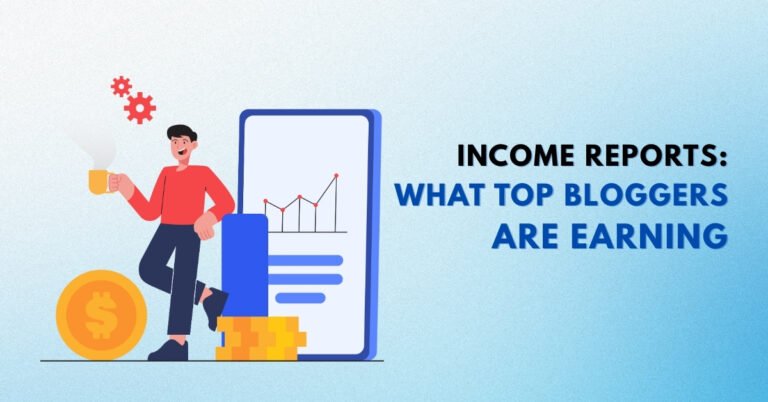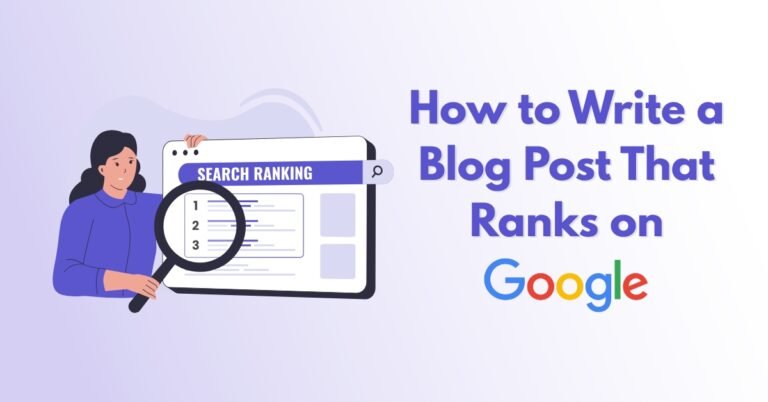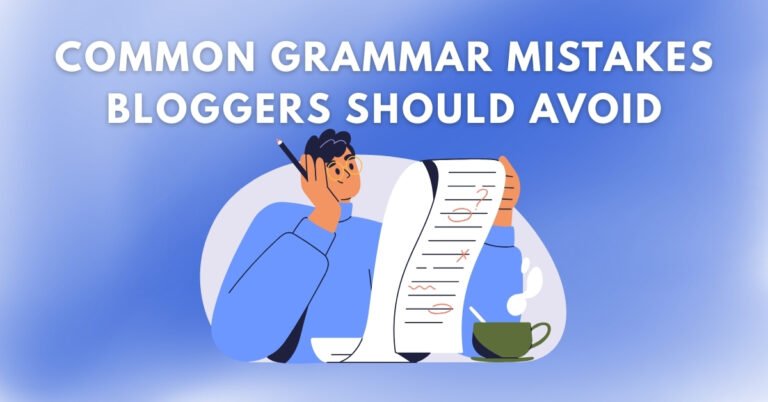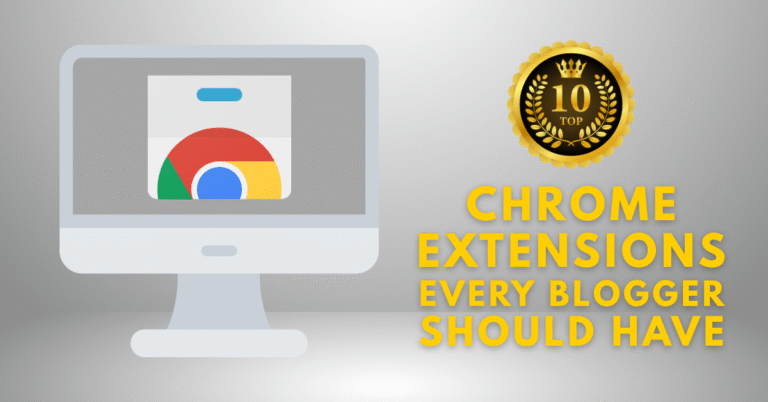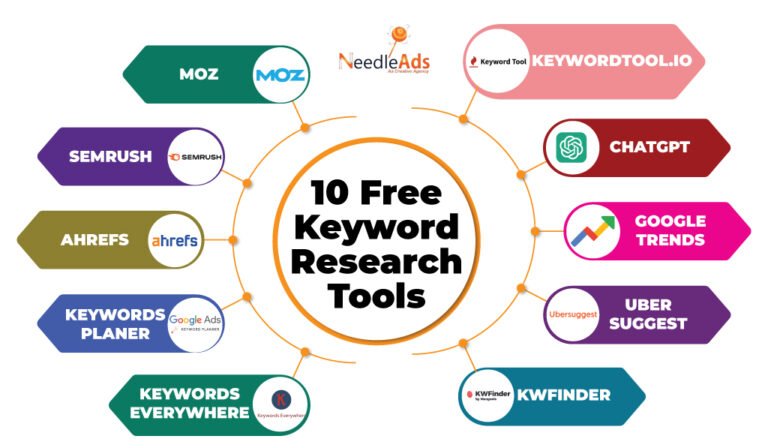Starting your first WordPress blog is exciting, but configuring it correctly from day one is critical for long-term success. Whether you plan to publish blog posts or build a full-fledged website, setting up WordPress the right way can save you time, boost SEO, and protect your site from vulnerabilities.
In this guide from Helping Bloggers, we’ll walk you through the most essential WordPress settings to configure after installing WordPress, especially if you’re a beginner blogger.
Let’s get your blog running like a pro — step-by-step.
General Settings
Navigate to: Dashboard > Settings > General
Key Settings to Configure:
- Site Title: Your blog’s name (e.g., “Helping Bloggers”)
- Tagline: A short description of your site (e.g., “Step-by-step guides to help you start and grow a blog”)
- WordPress Address (URL) & Site Address (URL): Ensure both URLs include “https” if you’ve installed SSL.
- Admin Email Address: Use a reliable email for admin notifications.
- Membership: Leave unchecked unless you’re running a membership site.
- Timezone: Set your local timezone.
- Date & Time Format: Customize for clarity.
- Week Starts On: Usually Sunday or Monday depending on preference.

Permalink Structure
Navigate to: Settings > Permalinks
Choose: Post name
A clean permalink structure is SEO-friendly and helps readers easily understand your URLs.
✅ Example:
Good — yourdomain.com/how-to-start-a-blog/
❌ Bad — yourdomain.com/?p=123

Delete Default Content
Remove:
- Hello World Post
- Sample Page
- Default Comment
Navigate to Posts > All Posts, Pages > All Pages, and Comments to remove any default/demo content.
This keeps your blog clean and professional.
Set Up Your Site Privacy & Visibility
Navigate to: Settings > Reading
- Search Engine Visibility: Ensure this is unchecked so your blog is visible to search engines.
- Configure your Homepage Settings:
- If you want a blog-style homepage: set “Your latest posts”
- For a custom homepage: select a static page (create one first)
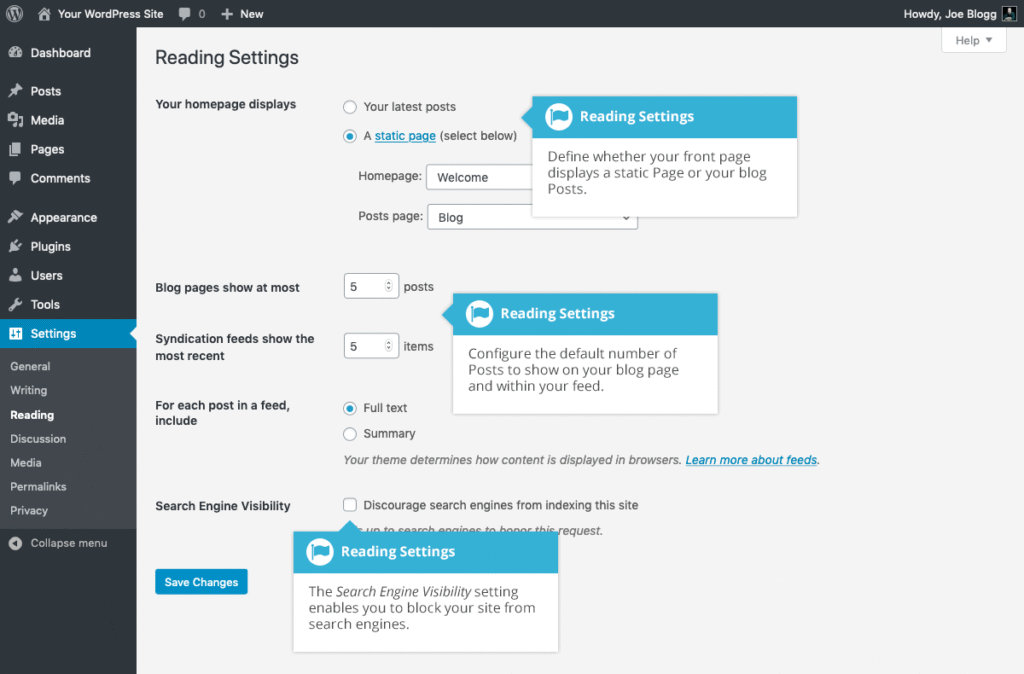
Update User Profile & Password
Navigate to: Users > Profile
- Change your nickname and display name publicly.
- Set a strong password.
- Add your biography, profile picture (via Gravatar), and contact information.
This builds trust with readers and strengthens security.
Set Up Discussion & Comment Settings
Navigate to: Settings > Discussion
Recommended Settings:
- Disable “Allow link notifications from other blogs”
- Moderate first-time comments
- Use Gravatar for comment avatars
- Enable manual approval for comments to avoid spam

Media Settings
Navigate to: Settings > Media
- Disable auto-cropping by setting all image sizes to 0 (optional)
- Helps reduce unnecessary server space usage
You can later use plugins like Smush to optimize images.
Set Up Categories & Remove Uncategorized
Navigate to: Posts > Categories
- Rename “Uncategorized” to a relevant default category like “Blog Tips”
- Create specific categories like:
- Blogging for Beginners
- SEO Tips
- WordPress Tutorials
This improves organization and user experience.
Create Essential Pages
Create important pages right from the start:
- About – Who you are and what your blog is about
- Contact – Add a form using plugins like WPForms
- Privacy Policy – Use WordPress’s template
- Disclaimer – Especially if you promote affiliate products
- Start Here – A roadmap for new visitors

Configure SSL & HTTPS
Use plugins like Really Simple SSL or configure manually if SSL is installed.
- Ensures your blog is secure and builds visitor trust.
- Helps improve SEO rankings.
Configure Menu Navigation
Navigate to: Appearance > Menus
- Create a primary menu and add your essential pages.
- Use the checkbox “Primary Menu” to assign location.
Install SEO Plugin
Recommended: Yoast SEO or Rank Math
Benefits:
- Easily optimize posts for keywords
- Generate XML sitemaps
- Add meta descriptions & titles
- Control search engine indexing
Install Key Plugins
Plugins extend your WordPress site’s functionality. Start with:
- WPForms (Contact Form)
- UpdraftPlus (Backups)
- WP Super Cache (Speed)
- Wordfence (Security)
- Smush (Image Optimization)
- Rank Math (SEO)

Choose & Customize a Theme
Navigate to: Appearance > Themes
- Choose a clean, responsive theme like Astra, Kadence, or GeneratePress.
- Customize using the Customizer or Elementor (recommended for beginners).
Set Your Favicon & Site Logo
Navigate to: Appearance > Customize > Site Identity
Upload your:
- Site Logo
- Favicon (Site Icon) — Minimum 512x512px
Setup Google Analytics & Search Console
Use a plugin like MonsterInsights or manually insert code.
Why:
- Track visitors, traffic sources, and user behavior
- Submit sitemap to Google via Search Console
Configure Widgets
Navigate to: Appearance > Widgets
Customize sidebar/footer widgets like:
- Recent Posts
- Search Bar
- Categories
- Social Media Links
Helps with navigation and improves user experience.
Set Up Automatic Backups
Use plugins like UpdraftPlus to schedule backups to:
- Google Drive
- Dropbox
Ensure backups are weekly or daily, depending on how often you publish.
FAQ — Essential WordPress Settings
If you plan on customizing theme code, then yes. For beginners using page builders, it’s often unnecessary.
Yes — configuring comment settings and installing spam blockers like Akismet or Antispam Bee help prevent spam.
Conclusion
Getting your WordPress blog up and running is exciting — but configuring it the right way from day one is what sets successful blogs apart from the rest.
By following this checklist of essential WordPress settings, you’re laying a strong foundation for:
- Better performance
- Stronger SEO
- Smoother user experience
- Improved security
Take your time, bookmark this post, and revisit it whenever needed!

